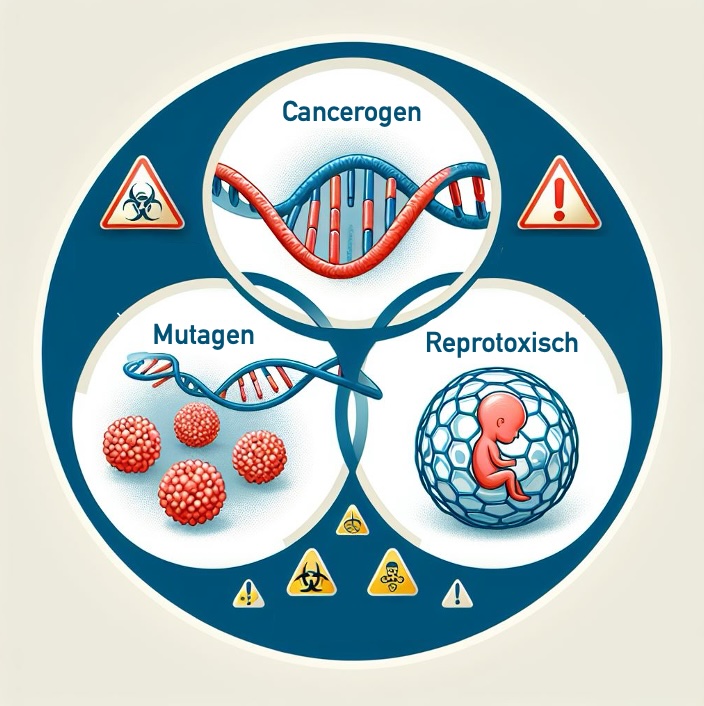Remediation: When things hit the fan
“Remediation” is often synonymous with maximum stress: Notified bodies or authorities such as the FDA have discovered significant deviations that must be remedied with the highest priority and without regard to the workload of employees or budgets. This article will help you to complete such “remediation projects” in such a way that
Details